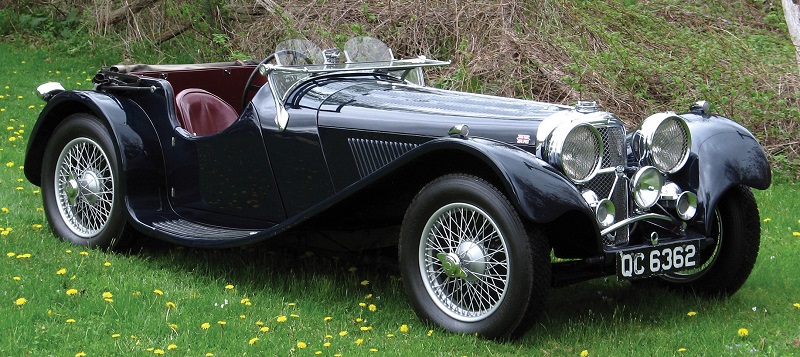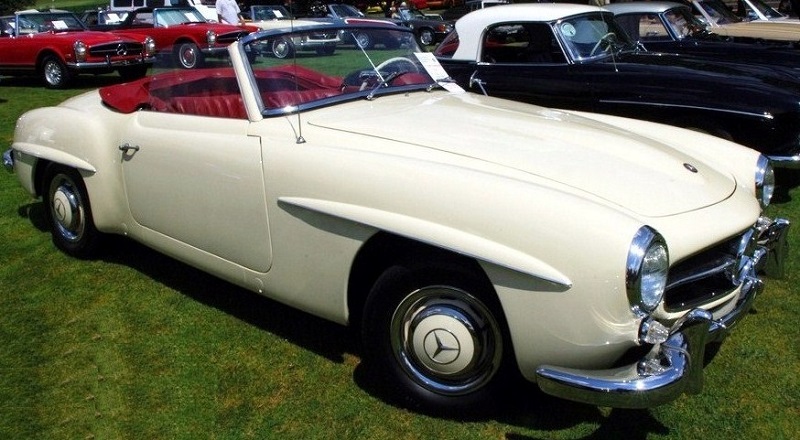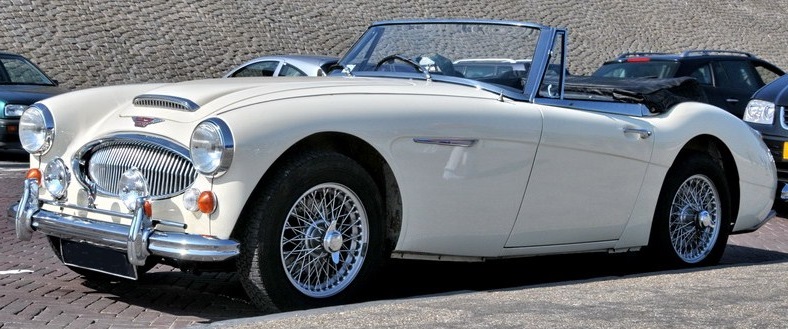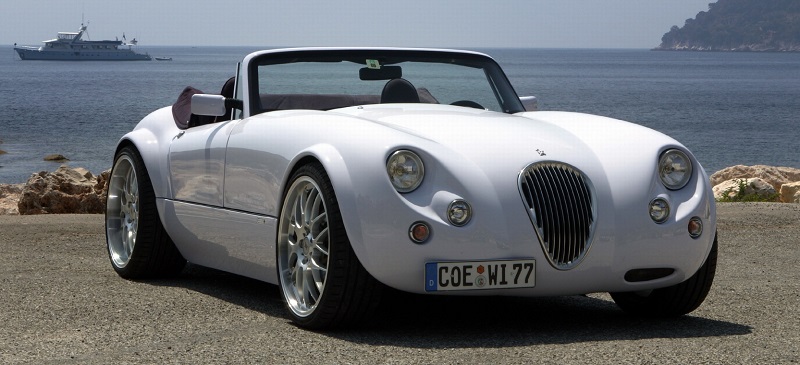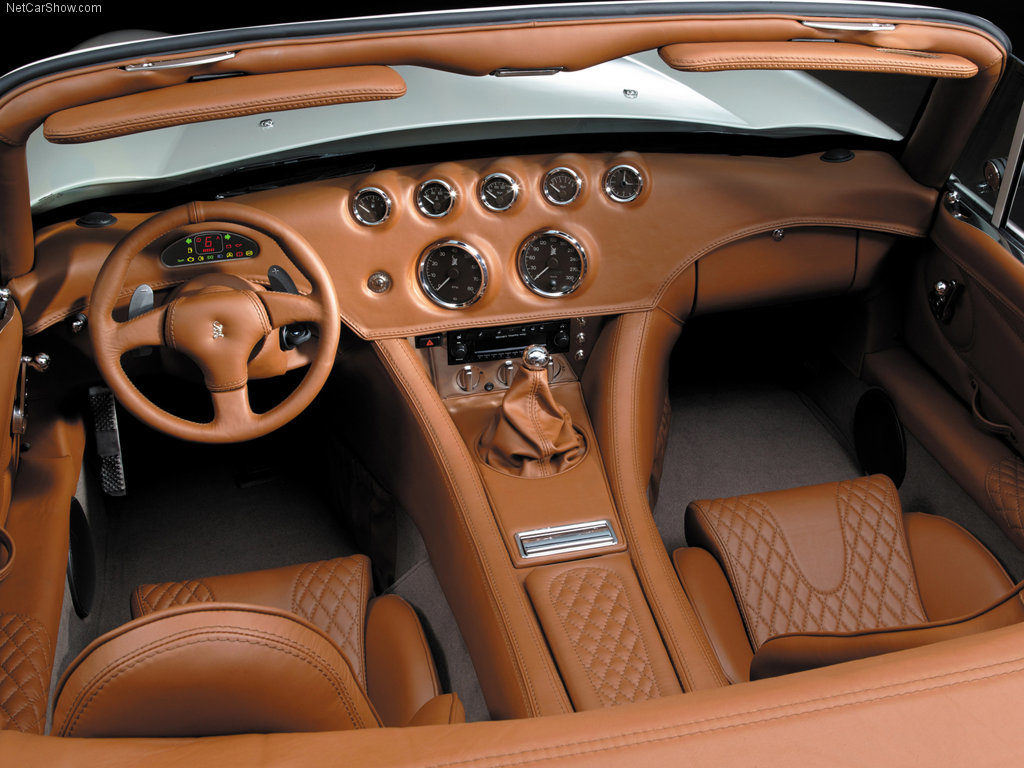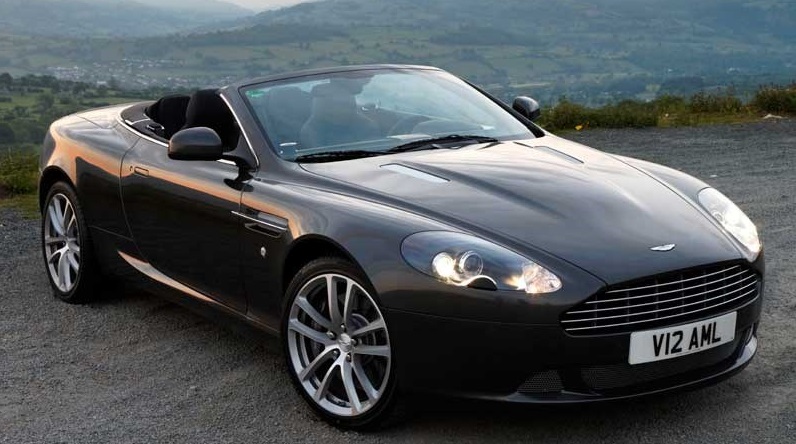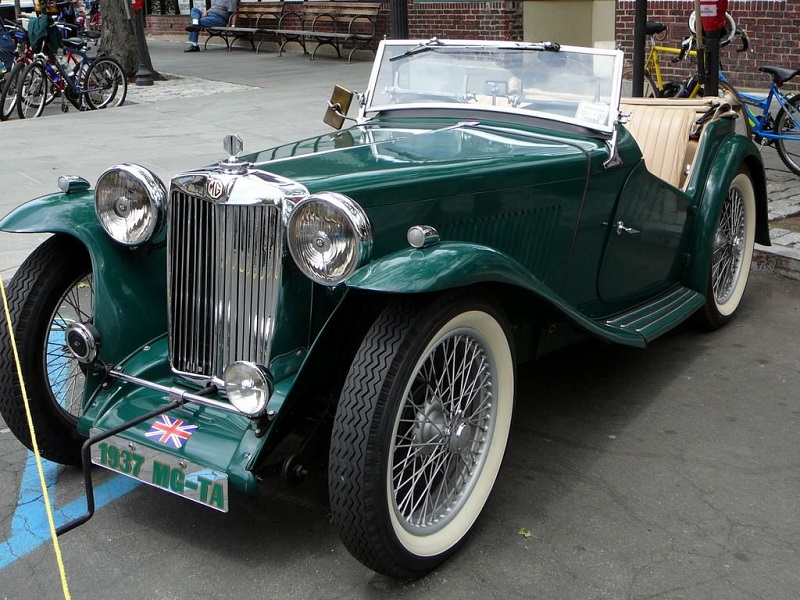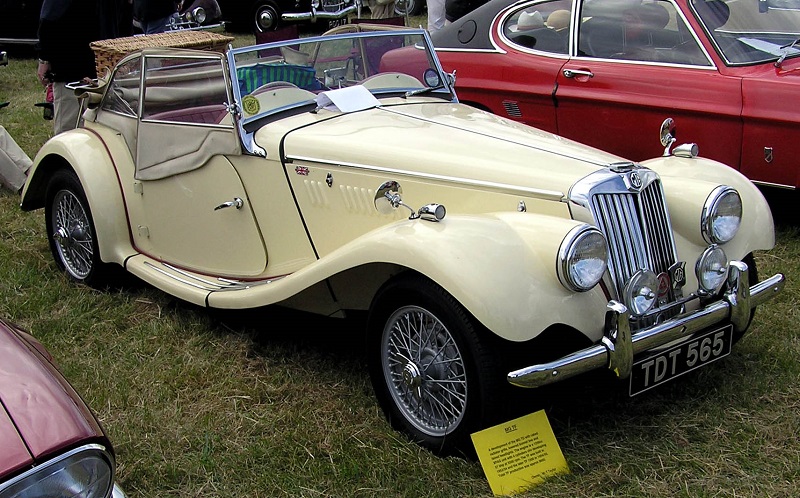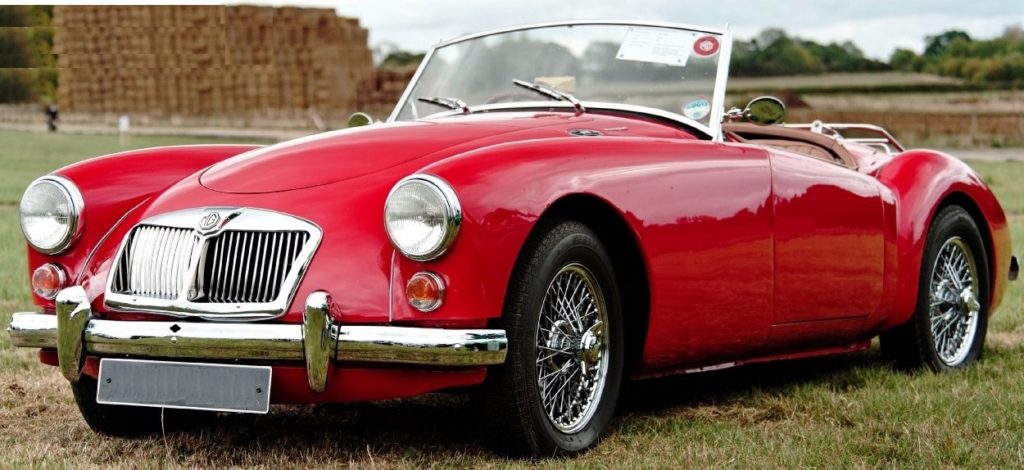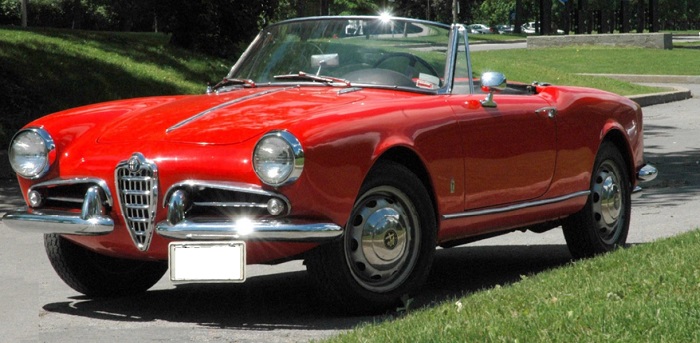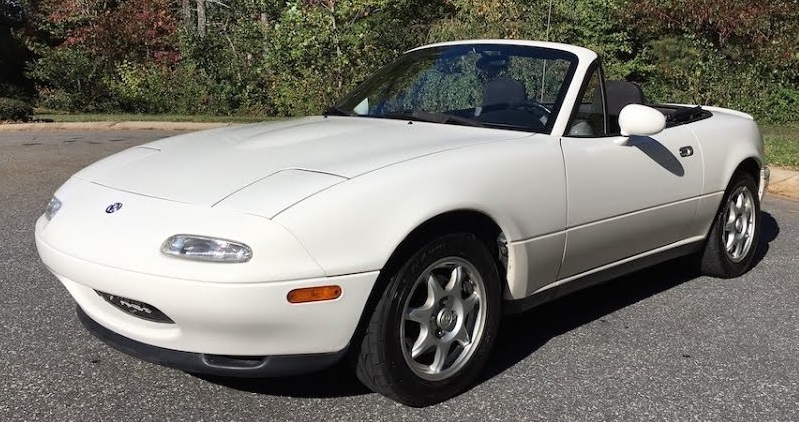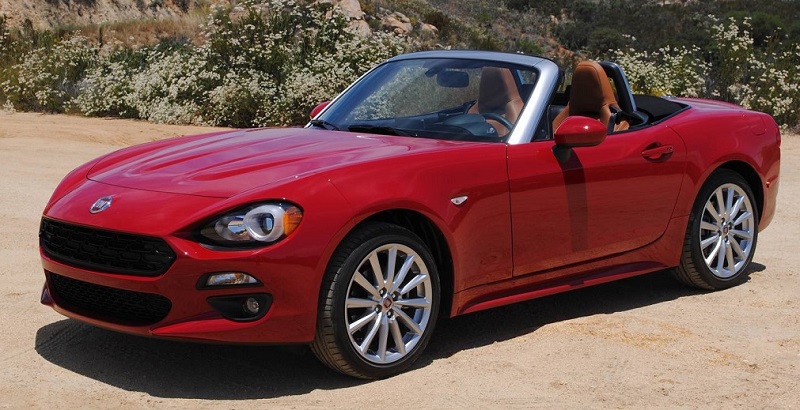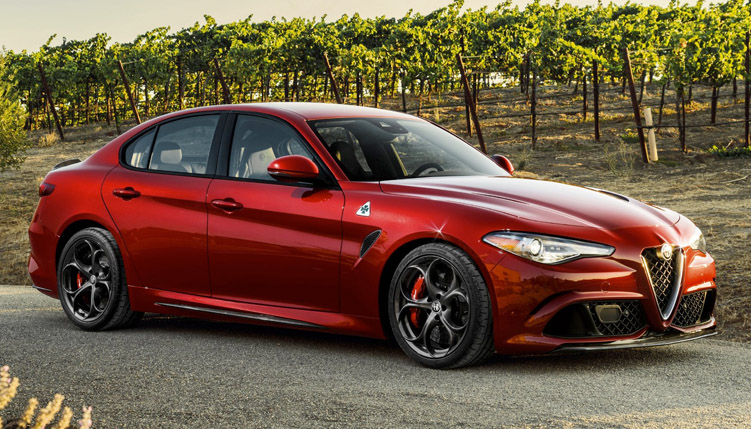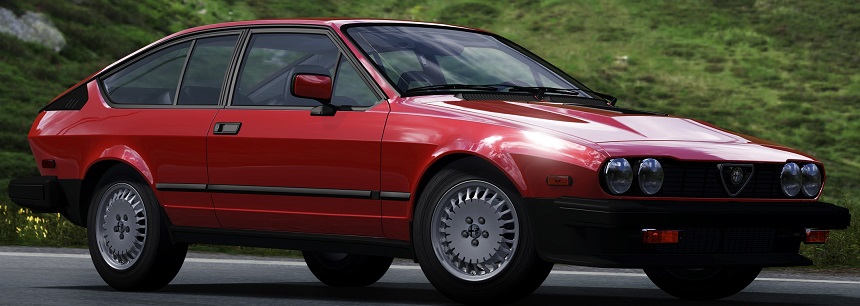As Longtime Readers know, I’m a huge fan of VW cars. I’ve owned many:
- Beetle (actually a former girlfriend’s but I drove it as much as she did)
- Kombi panel van (carrying band equipment for many years)
- Passat and Golf (both company cars, as a junior executive)
- Jetta (actually three, two sedans and a wagon)
- and right now I’m on my second Tiguan.
I would also have owned the magnificent W12-powered Phaeton, but in the early 2000s we were too poor to afford one and by the time we got the funds, VW had pulled it from the U.S. market, the idiots (see below).
VW seems to have (or have had) a reputation for unreliability, but that hasn’t been my experience, ever, throughout all those that I’ve owned and driven.
Let me now sing the praises of the car I’m driving now: the Tiguan — crap name, by the way, but at least it’s better than the “Toe-rag” (Touareg).
As I’ve got older, getting in an out of cars has become a pain in the ass. If it’s too low (e.g. sports cars and most saloons), getting out of the thing requires a crane lift; and if it’s too high (most full-size trucks and SUVs), the same crane lift is needed to get me into the damn thing.
Hence my love for the smaller “crossover” SUV type like the Tiguan. Getting in is but a step with hardly any climb involved, and getting out is likewise a simple step. (If I were taller or shorter, of course, this might not be the case, but that’s a moot point.)
I also like the Tiguan because there’s lots of room — two fat- or three skinny passengers can fit in the rear seat, and if I need more storage space, the back seat folds down easily. The venerable station wagon, of course, would pretty much do the same except that, as I discovered with my Jetta wagon, it’s a little too low to the ground and getting out with ease is problematic.
I also hate the current trend towards low rooflines and high door-sills because of head-bumping and poor visibility respectively, and the Tiguan has neither of those problems.
Lastly, the Tiguan has a lovely engine: the 2-liter turbocharged little four-banger — VW’s mainstay engine through out its fleet — has plenty of pep for this old guy, but at low speeds (sans turbo) it’s also economical, and I’ve got very nearly 400 miles out of a tank when cruising on the interstates.
It is, in fact, my perfect car. And as I’ve seldom cared about nonsense like being judged by what car you drive, the fact that my perfect car is a smaller SUV is of no concern. Couple that with VW’s reliability (in my experience), and it’s a no-brainer. In truth, it would take a massive change to get me not to buy yet a third Tiguan when the time comes.
And we all know how much I hate change.
The knock against the Phaeton was of the “why would anyone spend $80,000 on a VW?”, but that missed the point. With the Phaeton’s engine and build quality, you weren’t getting an expensive VW; you were getting an inexpensive Bentley (as proved when the W12 went on, almost unchanged, to provide the platform for the German-owned Bentley’s larger-engined models.
All that said, VW should instead have marketed the Phaeton under the Audi name (A12?), but then-head of VW Ferdinand Piëch wanted to improve the VW brand (forgetting the “People’s Car” heritage), which turned out to be a mistake.
I still think the Phaeton is one of the best large saloon cars ever made.

